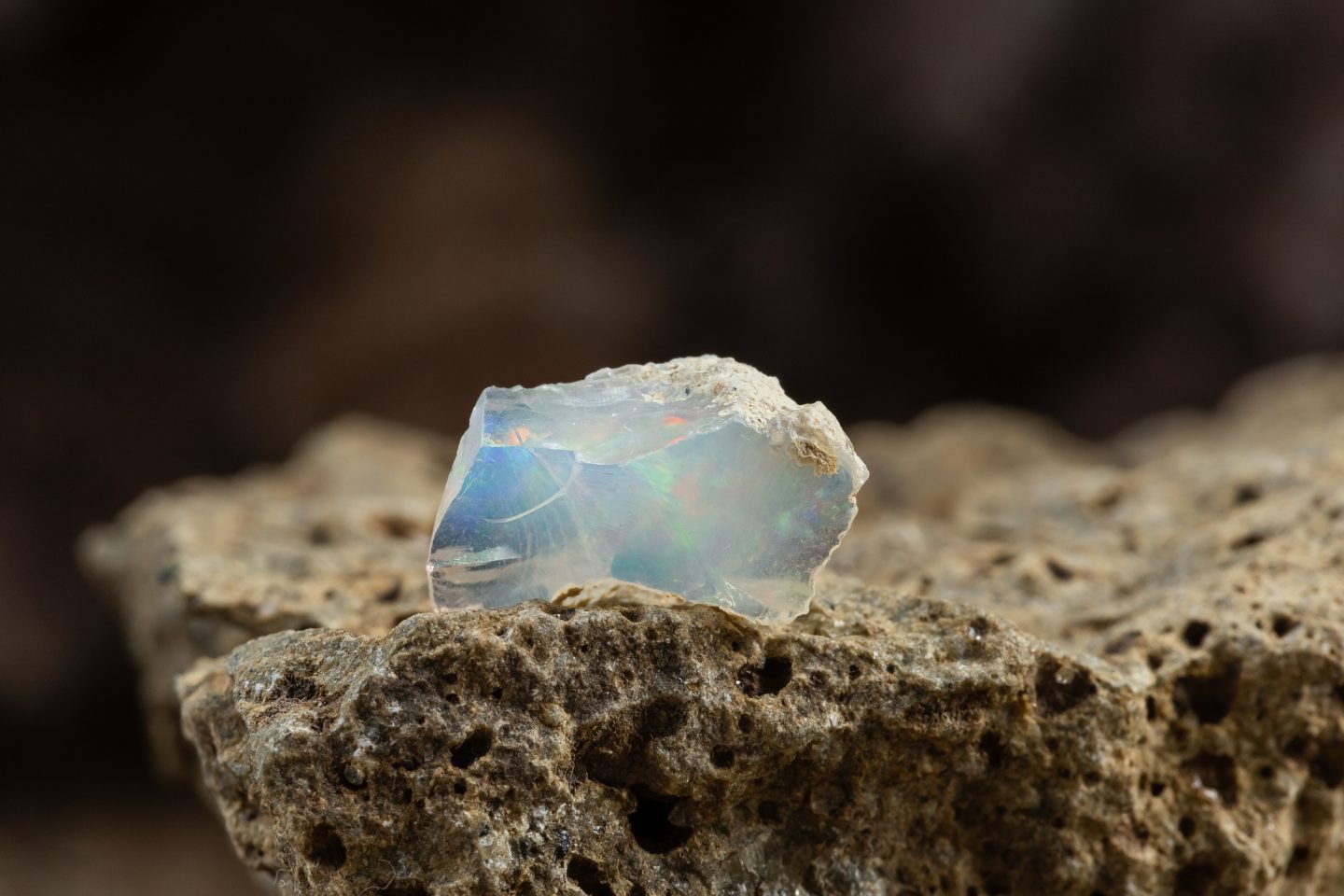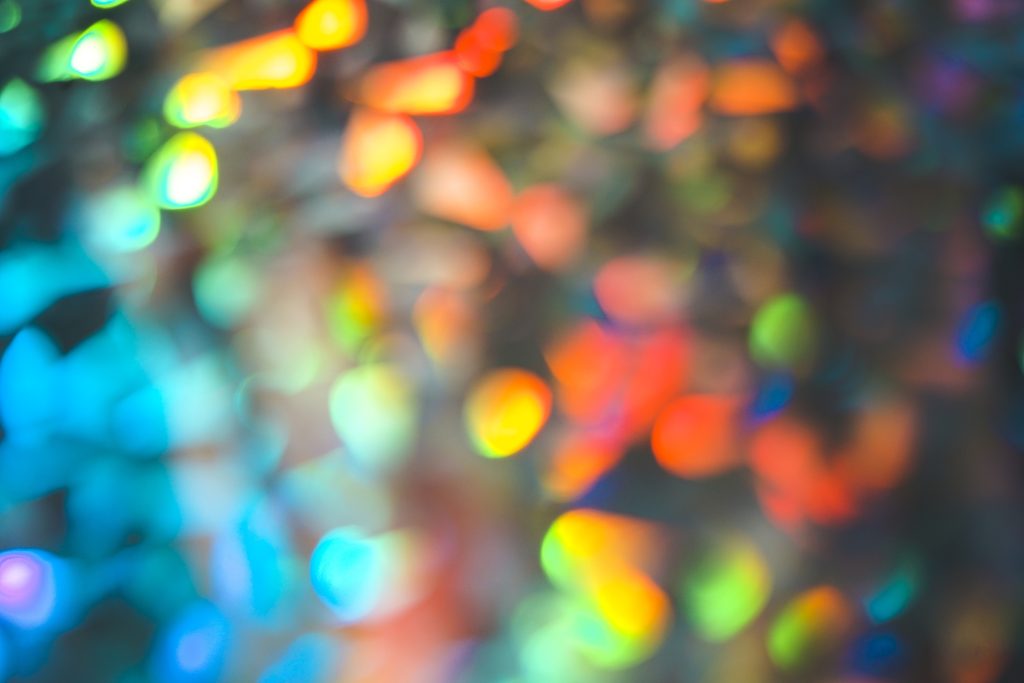
Opals, known for their mesmerizing play of color, have captivated the hearts of gem enthusiasts for centuries. Their stunning spectrum of hues—ranging from fiery reds and oranges to calming blues and greens—make them one of the most sought-after gemstones in the world. Let’s dive into the captivating history of opals, the different types available, and how to care for these beautiful gems.
A Glimpse into the History of Opals
Opals have a rich and mysterious history that dates back thousands of years. The name “opal” is believed to have originated from the Greek word opallios, which means “to see a change of color.” However, the gemstone’s history extends beyond the Greek civilization. Ancient Romans valued opals immensely, considering them a symbol of hope and purity. They referred to the gemstone as opalus, meaning “precious stone.”
Opals have also held a special place in mythology and folklore. Ancient Arabic legends suggested that opals fell from the heavens in lightning bolts, which might explain their ethereal glow. In the Middle Ages, opals were considered good luck charms, believed to hold the powers of all gemstones due to their vibrant colors.
Types of Opals: What Makes Each Unique?
Opals are classified into several types, each with its own unique set of colors and characteristics. Here are some of the most popular varieties:
- Black Opal: Black opals are among the most prized opals, known for their dark body tone that allows the vibrant play of colors to stand out. Mined primarily in Lightning Ridge, Australia, black opals display rich blues, reds, and greens that create an eye-catching contrast against the dark background.
- White Opal: Often referred to as “milky opals,” white opals have a light body tone with a soft, pastel-like play of colors. They are the most common type of opal and are often more affordable than their darker counterparts.
- Boulder Opal: Boulder opals are unique because they are found within ironstone boulders, where the opal forms in cracks and crevices. The dark ironstone base highlights the vibrant colors, giving the boulder opal a rich and rustic appearance.
- Fire Opal: Unlike other opals that are known for their play of color, fire opals are valued for their warm body colors, ranging from yellow to orange and red. These opals are mostly found in Mexico and can be transparent or translucent, with or without a play of color.
- Ethiopian Opal: Discovered more recently in the Wollo Province of Ethiopia, these opals have quickly gained popularity due to their brilliant colors and affordability. Ethiopian opals can be semi-transparent with vibrant flashes of color that range from green to red and blue.

How Opals Get Their Dazzling Play of Color
The mesmerizing colors seen in opals are due to their unique internal structure. Opals are composed of microscopic silica spheres arranged in a grid-like pattern. When light enters the opal, it is diffracted by these silica spheres, creating a stunning spectrum of colors. The size and arrangement of the spheres determine the colors that are displayed, which is why each opal is entirely unique.
Caring for Your Opal: Tips for Longevity
Opals are relatively soft gemstones, ranking around 5.5 to 6.5 on the Mohs hardness scale, which means they require special care to maintain their beauty. Here are some essential tips for taking care of your opal jewelry:
- Avoid Harsh Chemicals: Opals are porous and can absorb liquids, so it’s important to avoid exposing them to chemicals, such as household cleaners, perfumes, and lotions.
- Store Properly: To prevent scratches, store opal jewelry separately from harder gemstones like diamonds. Wrapping them in a soft cloth or storing them in a padded jewelry box can help protect their surface.
- Clean with Care: Use a soft, damp cloth to gently clean your opal jewelry. Avoid using ultrasonic cleaners or steamers, as the heat and vibrations can damage the gemstone.
- Mind the Moisture: Opals contain a small amount of water, making them sensitive to extreme temperatures and dryness. To prevent cracking, store your opals in a cool environment and avoid prolonged exposure to direct sunlight.
- Wear with Love: While opals require a bit of extra care, they are meant to be worn and enjoyed! Just be mindful when wearing them during activities that could cause impact or scratches.
Why Opals Make a Great Addition to Your Collection
Opals are not just stunning gemstones; they carry a sense of mystery and allure that few other stones can match. Whether you are drawn to the deep, dramatic hues of a black opal or the delicate, ethereal glow of a white opal, there is an opal out there for every style and preference. Their versatility makes them an excellent choice for rings, necklaces, earrings, and more.
Moreover, opals are often associated with emotional balance, creativity, and inspiration. Many believe that wearing an opal can help enhance one’s intuition and amplify positive energies. As the birthstone for October, opals are also a perfect gift for those celebrating a special milestone during this month.
Final Thoughts
From their captivating history to their stunning array of colors, opals are a gemstone that never fails to enchant. While they may require a bit more care compared to other gems, the effort is well worth it to preserve their natural beauty. Whether you’re a seasoned collector or a newcomer to the world of gemstones, opals are sure to bring a touch of magic and elegance to any collection.
With their ever-changing colors and mysterious origins, opals remind us of the beauty that lies in the unexpected. Explore the world of opals and find a piece that speaks to you—because just like every opal is unique, so is the story it tells.
